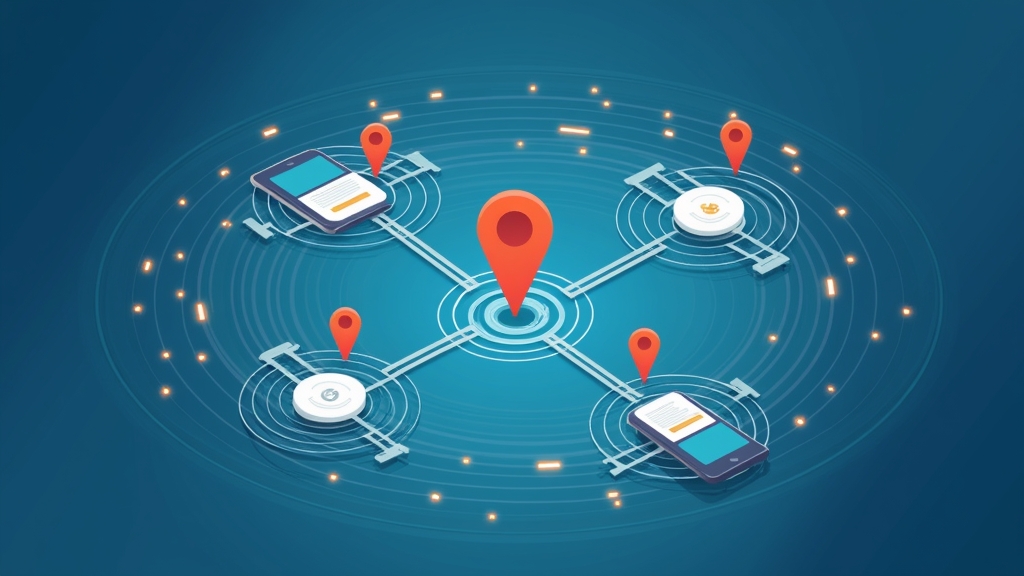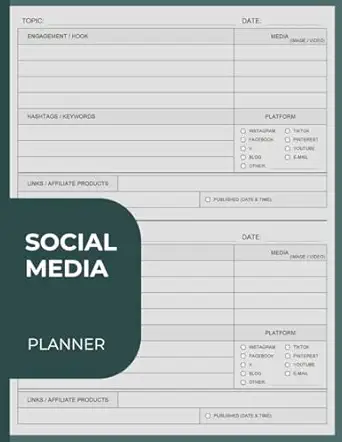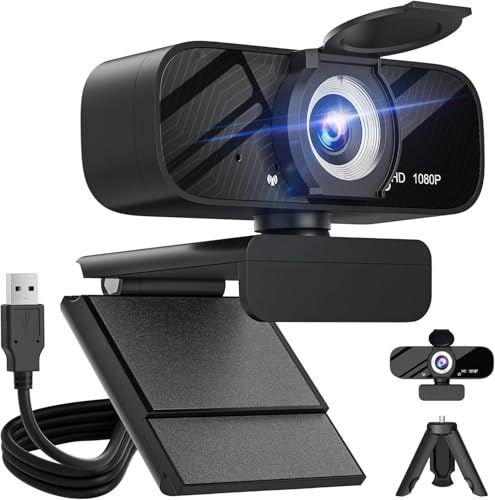Unlocking the Power of Geo-Fencing in Marketing
Introduction to Geo-Fencing in Marketing
Geo-fencing is a powerful tool that can transform how businesses connect with their customers. By using GPS or RFID technology, companies can create virtual boundaries around specific locations. When a customer enters or exits these areas, they receive targeted messages or offers on their mobile devices. This innovative approach not only enhances customer engagement but also allows businesses to deliver personalized experiences based on real-time data. In this article, you will discover what geo-fencing is, how it works, its benefits across various industries, and best practices for implementing effective geo-fencing strategies.
What is Geo-Fencing?
Geo-fencing refers to the creation of a virtual perimeter around a physical location using GPS technology. When users enter or exit this designated area, they can receive notifications or advertisements on their smartphones. For example, if you walk by your favorite coffee shop and get a special offer sent directly to your phone, that’s geo-fencing at work! It’s like having an invisible fence that triggers actions based on your location.
How Geo-Fencing Works
Geo-fencing operates through mobile apps and location-based services. Businesses set up geofences by defining specific geographic boundaries using mapping software. Once established, the system tracks users’ movements through GPS signals from their smartphones. When someone crosses into the defined area—like entering a mall—the business can send alerts about promotions or events happening nearby. This immediate communication helps capture attention when potential customers are most likely to engage.
Benefits of Geo-Fencing in Marketing
Increased Customer Engagement
One major benefit of geo-fencing is increased customer engagement. By sending timely notifications when customers are near your store or event, you encourage them to take action immediately. Studies show that consumers are more likely to respond positively to offers received while they’re physically close to your business.
Targeted Advertising Opportunities
Geo-fencing allows for highly targeted advertising opportunities tailored specifically for different locations and audiences. For instance, if you’re running a campaign for summer sales at a beach resort, you can target people who are currently at nearby beaches with relevant ads that entice them to visit.
Enhanced Customer Insights
Another advantage of geo-fencing is enhanced customer insights gained from tracking user behavior within defined areas. Businesses can analyze foot traffic patterns and understand which locations attract more visitors and why—helping refine marketing strategies over time.
Applications of Geo-Fencing in Various Industries
Retail and E-Commerce
In retail, geo-fencing helps drive foot traffic into stores by sending promotional messages as customers approach the location. E-commerce brands use it too; for example, if someone visits a physical store but leaves without purchasing anything, they might receive an online discount code later via email.
Hospitality and Travel
The hospitality industry leverages geo-fencing by offering special deals when travelers arrive at airports or hotels. For instance, hotels may send welcome messages with exclusive rates right as guests check-in nearby.
Real Estate and Property Management
Real estate agents utilize geo-fences to alert potential buyers about open houses happening in their vicinity or provide information about properties as they drive through neighborhoods.
Best Practices for Implementing Geo-Fencing Strategies
Defining Your Target Audience
Before launching any geo-fenced campaign, it’s crucial first to define your target audience clearly. Understand who your ideal customers are so you can tailor messages effectively based on demographics like age group or interests.
Choosing the Right Location Parameters
Selecting appropriate location parameters ensures you’re reaching the right people at the right time without being intrusive—too large an area may dilute effectiveness while too small could miss potential clients altogether!
Crafting Compelling Offers and Messages
Your offers should be enticing enough that recipients feel compelled to act quickly! Use clear language highlighting benefits such as discounts or limited-time promotions designed specifically for those within geofenced zones.
Measuring the Success of Geo-Fencing Campaigns
Key Performance Indicators (KPIs) to Track
To gauge success accurately after implementing campaigns successfully utilizing geofences requires tracking KPIs such as conversion rates (how many engaged leads turned into actual sales), click-through rates (CTR), foot traffic increases compared against previous periods before launching campaigns etc., providing valuable insights into overall performance levels achieved!
Tools for Analyzing Campaign Effectiveness
Several tools exist today designed explicitly for analyzing campaign effectiveness including Google Analytics which provides detailed reports regarding user interactions along with specialized platforms focused solely upon measuring mobile app usage helping marketers optimize future efforts accordingly!
Challenges and Considerations in Geo-Fencing Marketing
Privacy Concerns and User Consent
While leveraging technology brings numerous advantages there remain challenges particularly surrounding privacy concerns associated with collecting personal data from users’ devices thus obtaining explicit consent beforehand becomes essential ensuring compliance regulations adhered too throughout processes involved!
Overcoming Technical Limitations
Technical limitations pose another challenge faced during implementation phases where inaccurate GPS readings may lead incorrect targeting resulting ineffective messaging therefore investing resources towards improving accuracy levels paramount achieving desired outcomes consistently over time!
Future Trends in Geo-Fencing Marketing
Integration with Emerging Technologies
As technology continues evolving rapidly expect further integration between emerging technologies such as augmented reality (AR) enhancing user experiences alongside traditional methods employed within existing frameworks allowing greater interactivity among consumers engaging brands effectively driving conversions upwardly significantly benefiting all parties involved alike!
The Role of Artificial Intelligence and Machine Learning
Artificial intelligence (AI) combined machine learning algorithms will play pivotal roles shaping future trends seen within space enabling smarter decision-making processes driven data analytics optimizing targeting capabilities ultimately leading improved ROI metrics observed across board ensuring sustainable growth remains achievable long-term basis moving forward confidently embracing innovations ahead!
Conclusion: The Future of Marketing with Geo-Fencing
In conclusion, geo-fencing represents an exciting frontier in marketing strategy development offering unique ways connect engage audiences effectively while maximizing return investments made across various sectors alike! As technologies advance further integrating AI machine learning capabilities expect even greater possibilities emerge unlocking full potentials realized harnessed properly paving paths toward brighter futures ahead filled endless opportunities await eager marketers willing explore realms available today tomorrow beyond limits imagined previously ever before possible now finally becoming reality soon enough indeed!
📢 Explore More: Continue Your Journey!
If this article helped you understand how businesses leverage location-based marketing strategies effectively check out The Impact of Mobile Marketing on Consumer Behavior! It covers powerful insights into how mobile marketing shapes consumer decisions helping you understand related topics more effectively.














![NEEWER 55W 18"/45cm Ring Light Kit [New Version], 5600K Dimmable ...](https://m.media-amazon.com/images/I/414QLqvZWLL.jpg)








